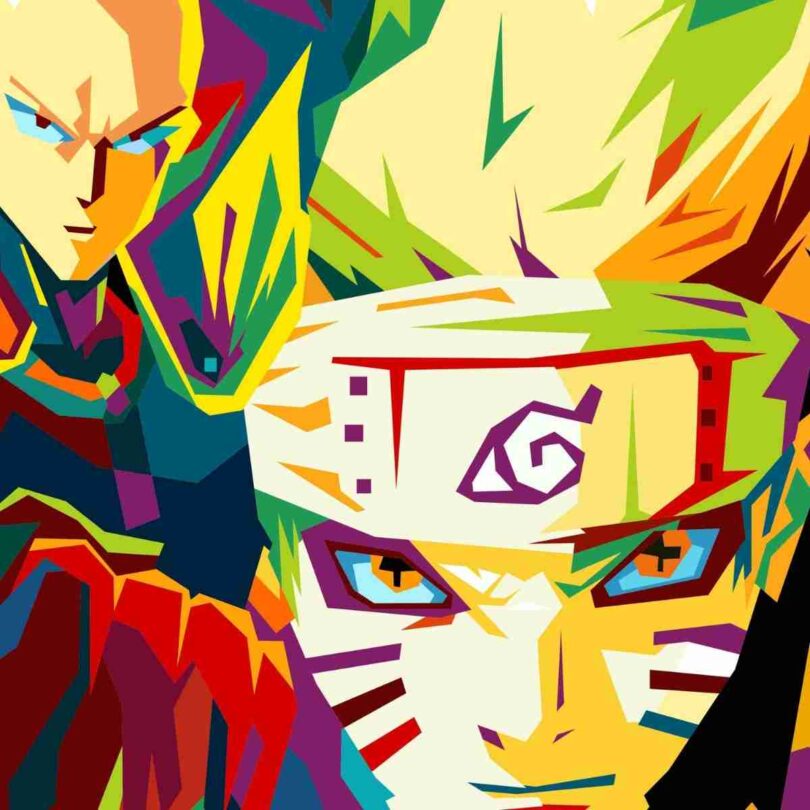Many people make the mistake of using the terms “anime” and “cartoon” interchangeably. This is a common vocabulary blunder if you aren’t familiar with the nuances differentiating the genres. While the two visual styles share some striking similarities, there are distinct differences that separate these animation methods. So what’s the difference between an anime and a cartoon? Keep reading to find out more.
Origins
There are several qualities that distinguish anime from run-of-the-mill cartoons. The most obvious difference comes from the origins of the chosen animation techniques. The anime genre came from Japan and grew in popularity starting in the 1980s.
On the other hand, cartoons are usually Western in origin and are common on American and other English-speaking TV channels.
Language
Since anime and cartoons come from different parts of the world, they also feature dialogue in other languages. Standard cartoons will record voiceovers in their native tongues, while Japanese will almost always be the language of choice for anime.
Some animation and streaming companies invest in “dubbing” practices to re-record dialogue over the original language to make the genre more accessible. If the anime doesn’t go through a “dubbing” process, it will almost always have accompanying subtitles to help non-Japanese speakers follow along.
Themes
The theme is another massive difference between an anime and a cartoon. Western cartoons are usually mild in nature, featuring humor and light-hearted storylines. Conversely, anime often features darker topics that are for a more mature viewing audience.
Subject matter in anime is important and often depicts adult-centric plots, such as romance or action-adventure. Often, animes will ask a complex moral question and use animation to discuss the caveats.
Visuals
Both anime and cartoons feature distinct visual art styles that separate them from regular TV programs. While Western comics aren’t realistic by any means, artists usually try to stick with expected proportions, especially when designing human characters.
Anime doesn’t follow this trend, opting for large, dramatically-drawn eyes, vivid facial expressions, and highly-detailed backgrounds. Coupled with a penchant for action and drama, the visuals in anime create the perfect setting for dynamic fight scenes that are common in the genre.
Audience
When you hear the term “cartoon,” you probably think about a show for children. Aside from adult-humor comics, most creators make cartoons with kids in mind.
However, anime attracts a wide audience and many feature themes and subjects that grown-ups find appealing. If you’re trying to convince your adult friend to give anime a chance, explore the best Naruto gift ideas to help spark their interest.
While they might seem like the same thing, it’s clear that animes and cartoons are different beasts. Understanding the details that set them apart from each other will help you tailor your TV consumption and might even open your eyes to a new and exciting entertainment genre.








